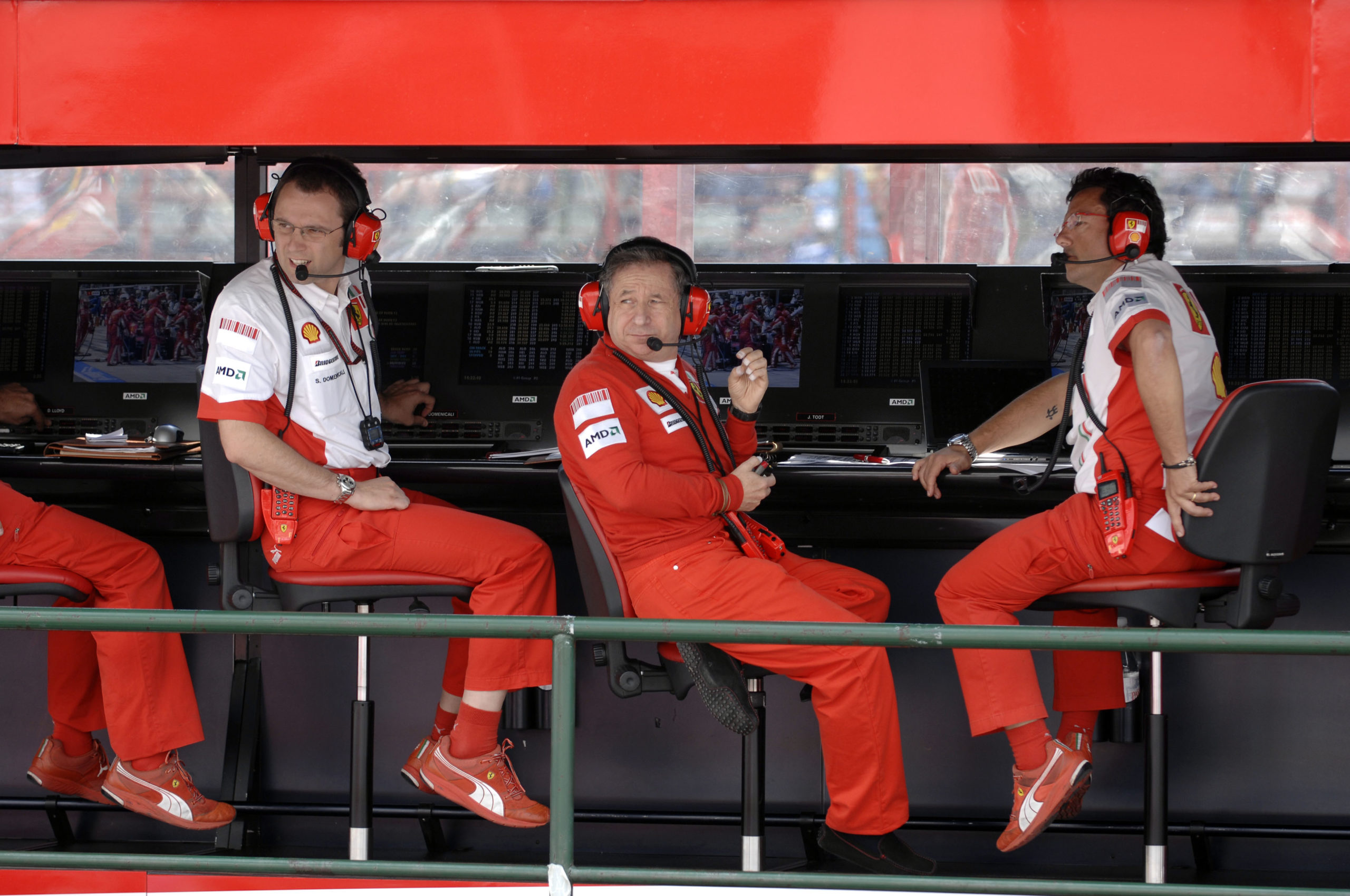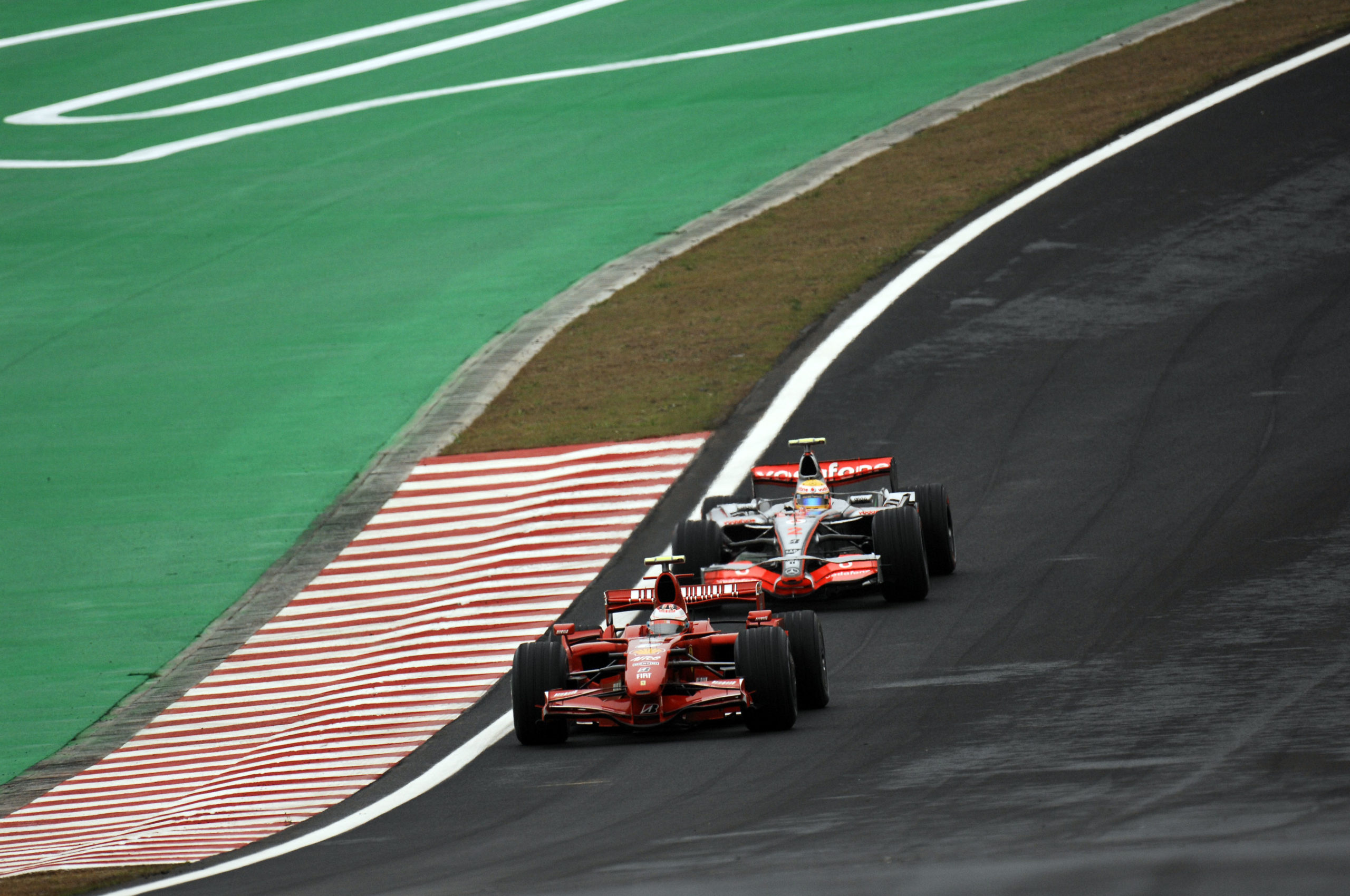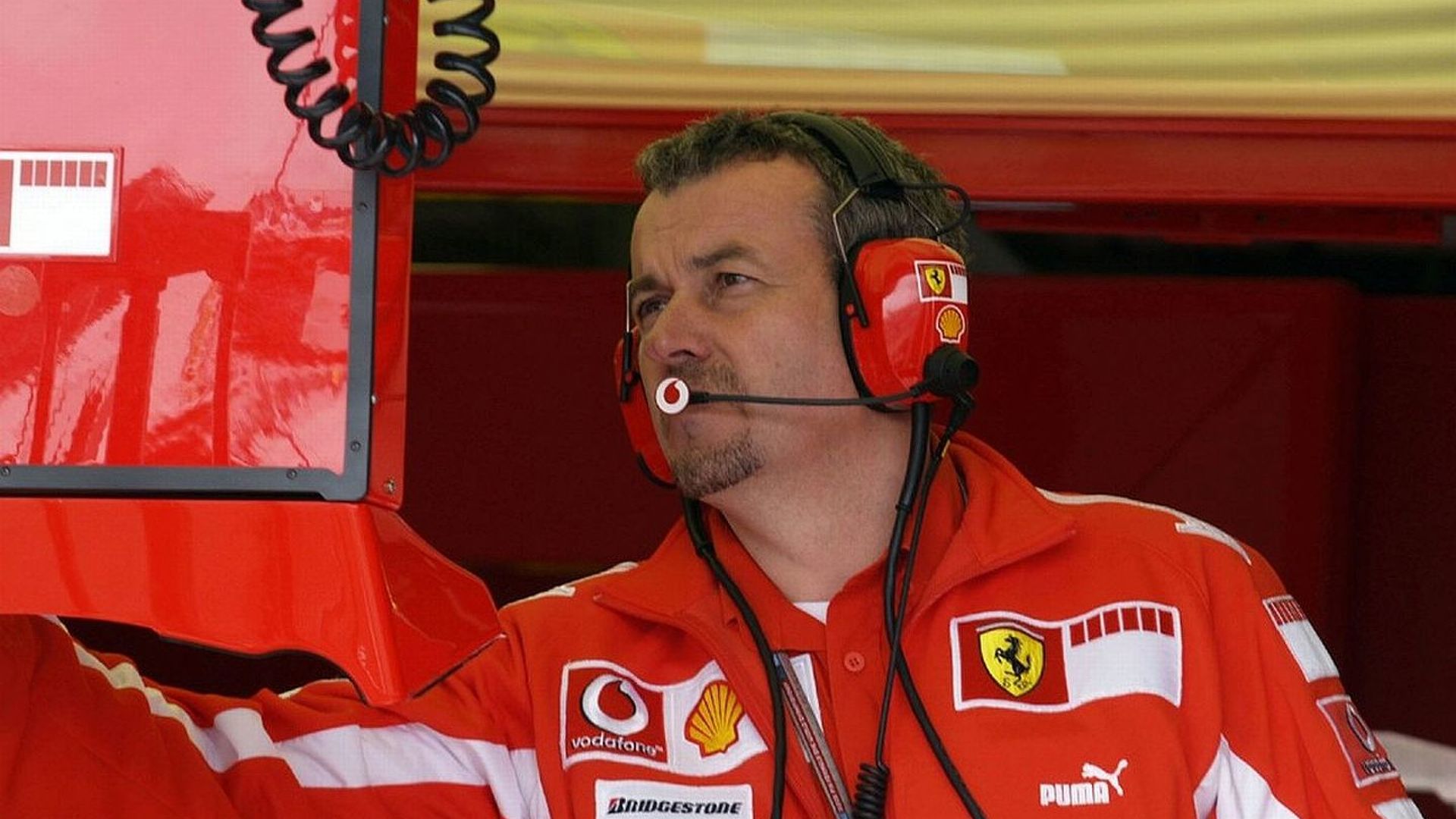Photo credit: Ferrari
The tension in Maranello was palpable. Luca di Montezemolo, the heart and soul of the company, was furious. At that point, no-one knew why. There were repeated meetings with Todt, Domenicali and Almondo but no-one in the company had a clear idea of what was happening. In reality, people knew that something serious had happened within the Sports Management area, the department dedicated to Formula 1.
The organizational structures had recently been reshuffled: with Montezemolo also occupying the role of President of Fiat Group and Confindustria, the role of CEO was passed to Jean Todt and several other important appointments had been made within the Sports Management. In fact, with the departure of Schumacher and Todt, a new era had commenced and the team’s expectations for new World Titles had been entrusted to Kimi Raikkonen and Felipe Massa while Todt’s coveted role had been given to Stefano Domenicali. After the departure of Ross Brown, another key role, Technical Director, fell to a young and very talented engineer: Mario Almondo.

If this was the organizational structure, those allowed to enter the corridors and workshops of the Sports Management quickly understood the reality that the thousand-odd people living in a sort of bunker endured, where everything, by definition and by Todt’s strict order, was absolutely top secret. People knew that there was an ongoing investigation for several anomalous and serious facts. It has always been a well-known fact that “inventions” made on the margins of the grey areas of the regulations Formula 1 have always played a very important role in the victories achieved by the various teams. These inventions, together with the strategies adopted for the tests – kilos of petrol on board and the like – are all part of what should not be known outside. If truth be told, very few inside know everything about the car and its secrets. But some positions, by definition, require an in-depth knowledge of every detail. These include the role of those responsible for assembling the car and the mechanics. A role that in the winter of 2006 was occupied by an English technician, known for his competence but also for a certain coarseness in his relationships, especially of late, which is not always positive in a team that has to work in harmony. His name was Nigel Stepney, 48, in Ferrari since 1996 and a man who was to die eight years later, at one twenty in the morning on 2nd May 2014 in circumstances that have never been fully clarified.

Never clarified, but somehow connected with questions that filled the news:
What was he intending to do with the fertilizer powder in the fuel tank of Raikkonen’s Formula 1 car ready to be sent to the Monaco Grand Prix?
How is it possible that McLaren could have known about the mobile ballast system adopted by Ferrari in the 2007 season to optimize weight distribution, a system that’s completely invisible from the outside?
Why did Mike Coughlan, chief designer of McLaren, go out to print a set of technical drawings from the Ferrari Formula 1 team at a copy shop near Guildford?
How come the McLaren test driver De La Rosa along with Alonso and Hamilton were questioned by the International Automobile Federation to find out the source of the information on Ferrari’s strategies when they simply could not have known?
It was now officially a mystery: Stepney, whose contract with Ferrari would have expired at the end of 2007, was one of the key suspects. In the absence of evidence, he was appointed Head of performance development which meant, to put it plainly, no longer going to the races where he sat at the pit wall. Soon his guilt was to be confirmed for motives known only to himself but certainly the frustration caused by the failure to get the job he desired probably caused him to look for another team. The evidence was irrefutable, so much so that he was sentenced to 20 months in prison and then plea bargained his way out: an analysis of his computer’s e-mails and other evidence gave us something worthy of the finest detective stories: the owner of the English photocopy shop was a great Ferrari fan. Suspicious of the quantity of drawings and their precision, he personally informed Ferrari of these strange circumstances. Feedback was immediate, the name of… from McLaren and the circle was closed!
In addition to his court sentence, the International Automobile Federation excluded him from Formula 1 for his behaviour. With considerable difficulty, Stepney found work as team manager of a small team participating in the Gran Turismo Championship. It was too little for him. The frustration, the distance from Formula 1, and family problems that emerged when the spotlight shone on the story, changed him profoundly. Nobody tried to investigate why on the night of 2nd May 2014, while traveling on the A22 highway, he pulled over, got out of his car and was hit by a passing truck. He was pronounced dead on the scene. Bad luck or deliberate? The police classified the case as accidental but those who knew him knew of his profound conflicts that never subsided. An unanswered but very sad story for a talented professional who simply lost his way.
